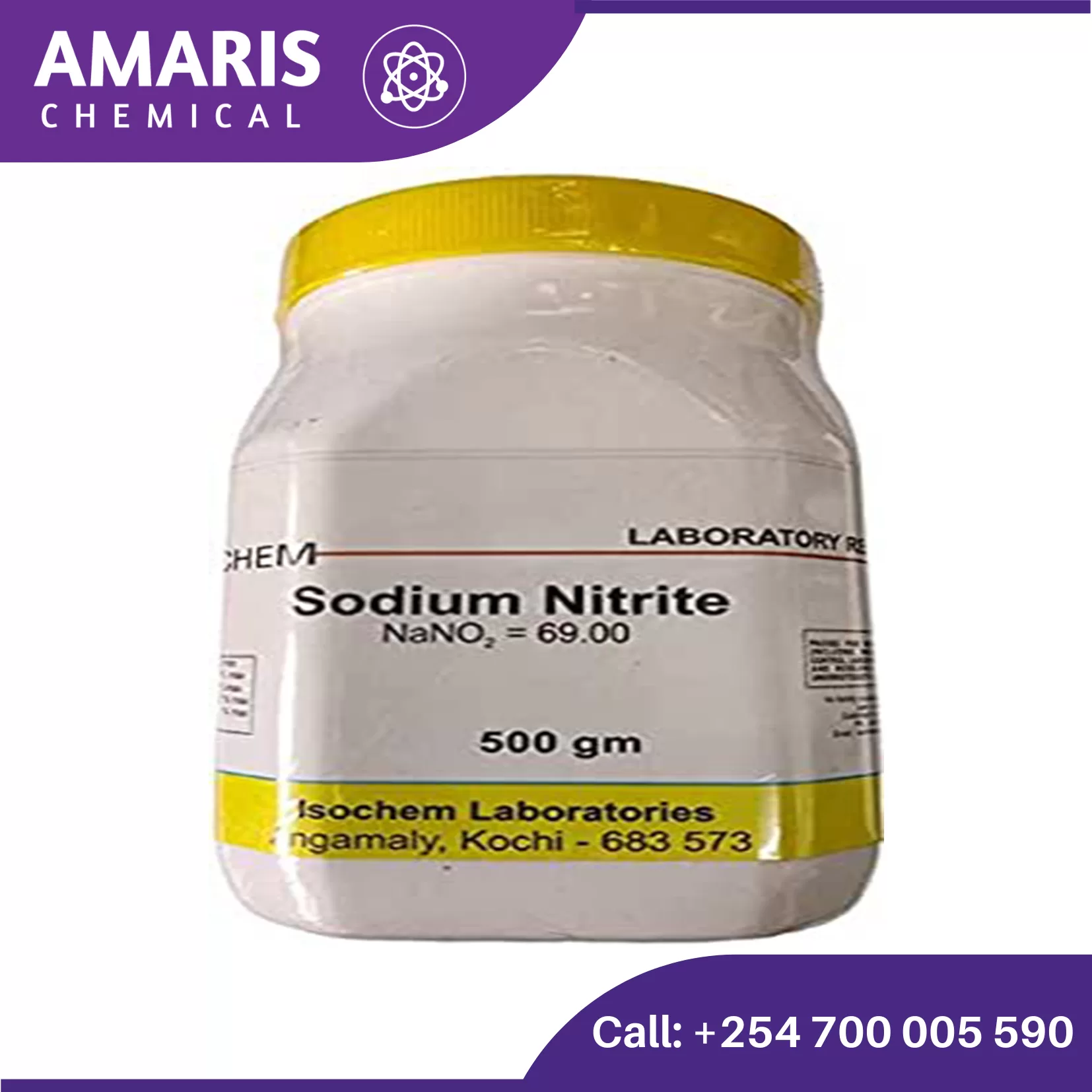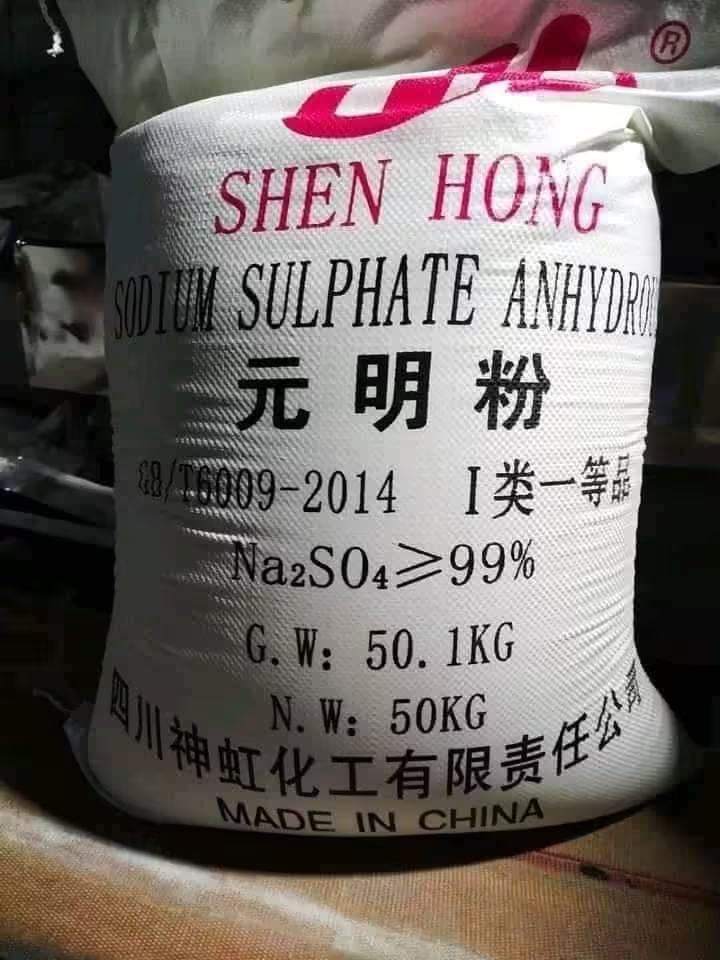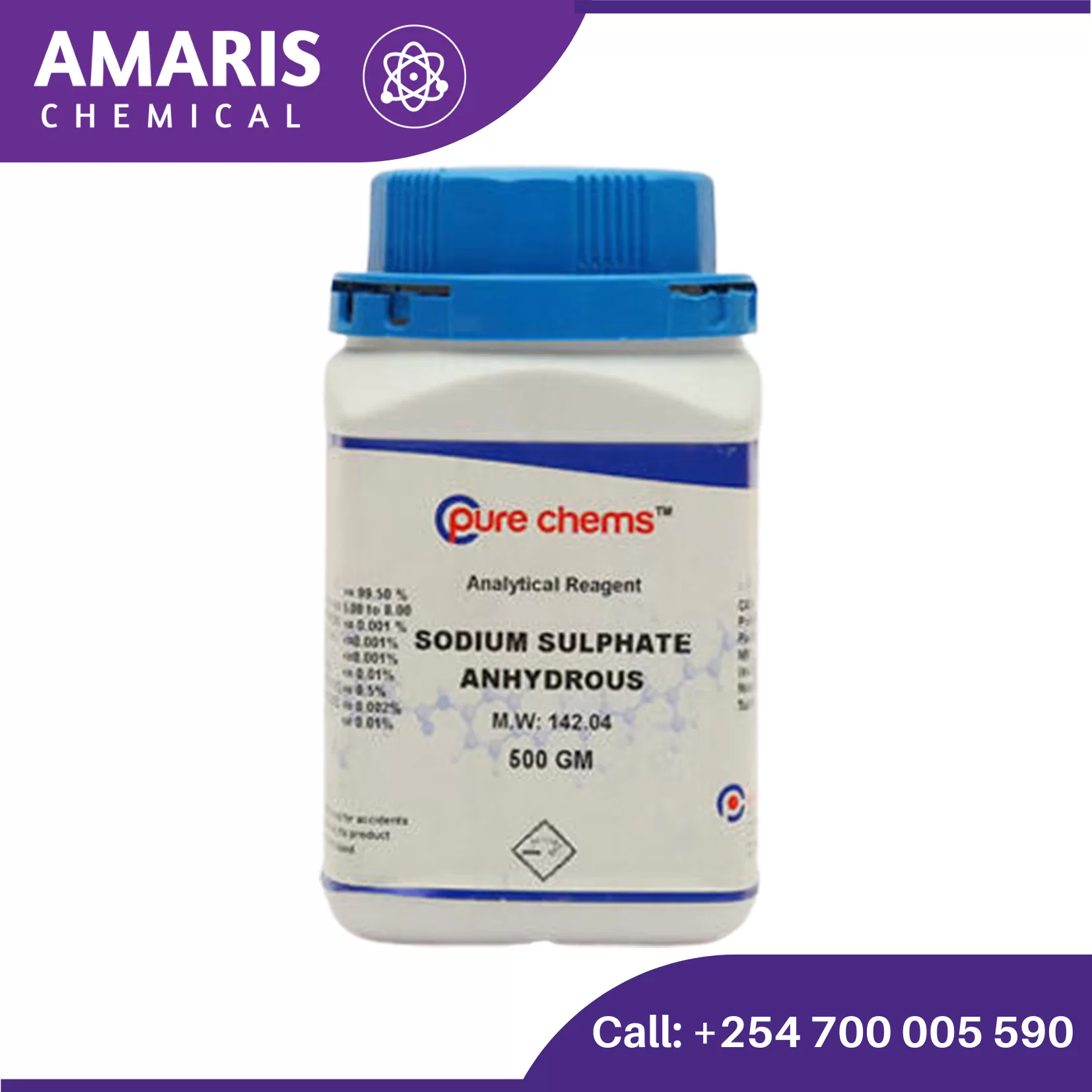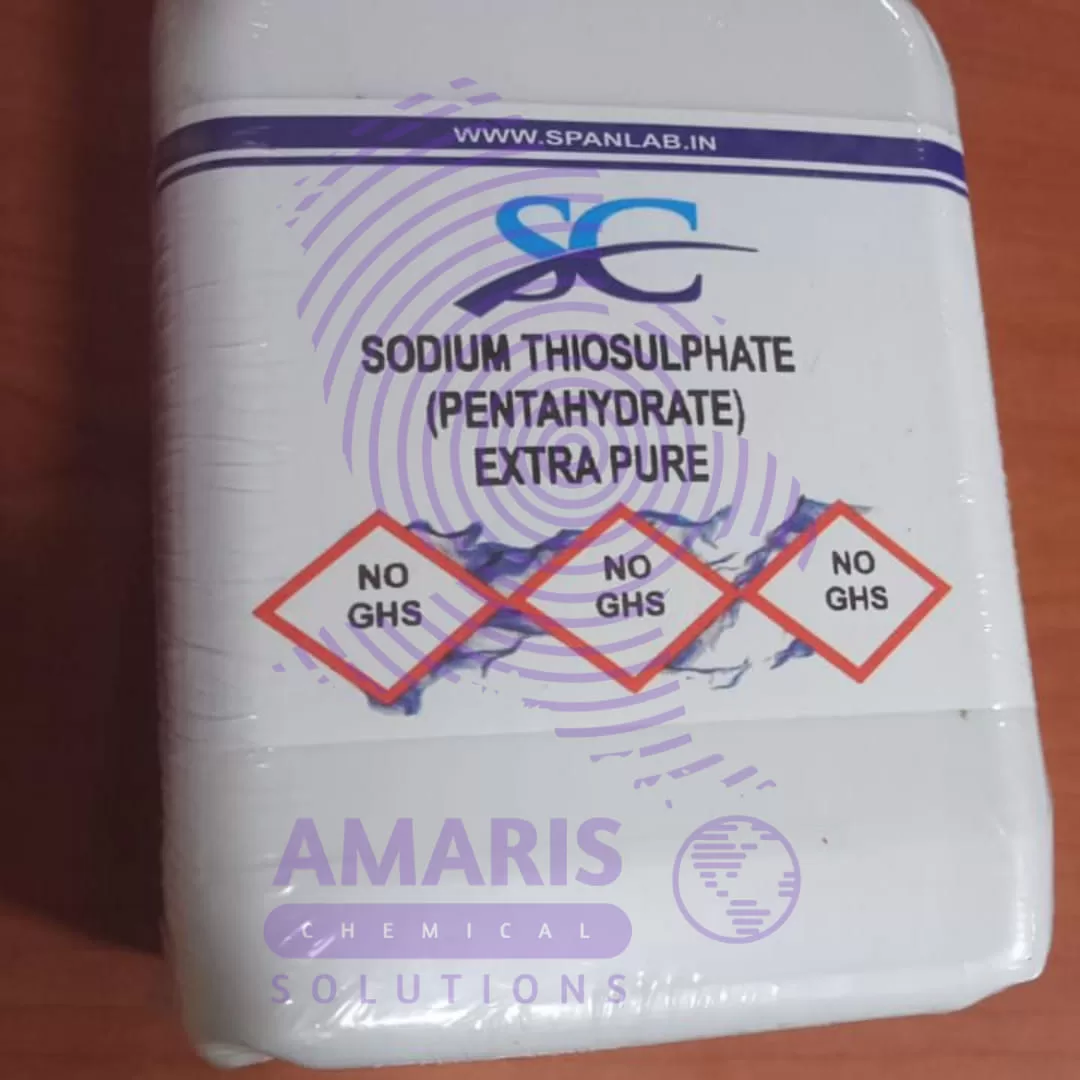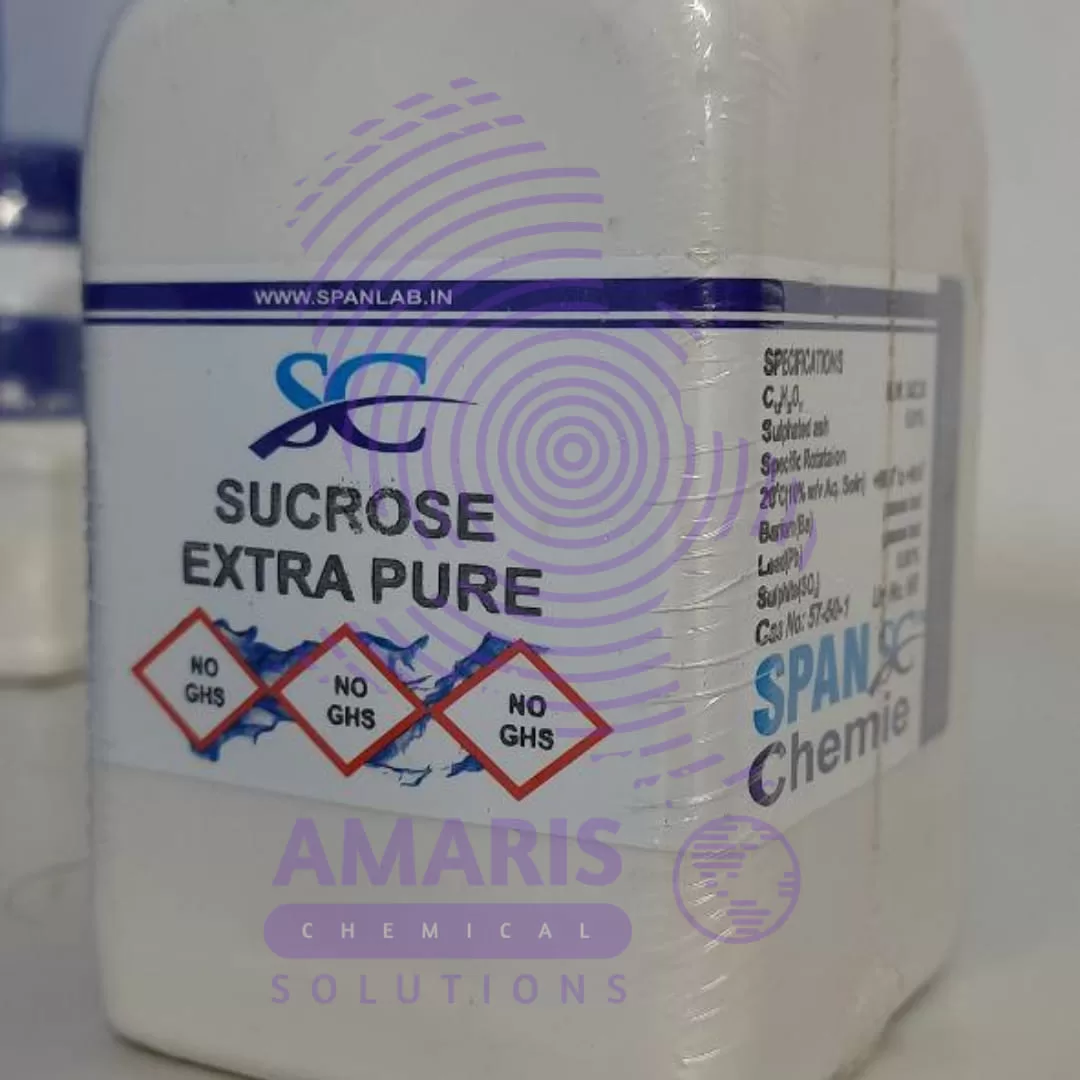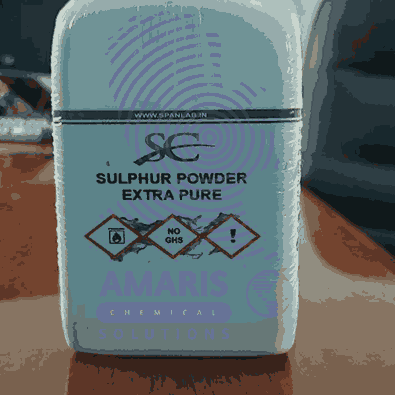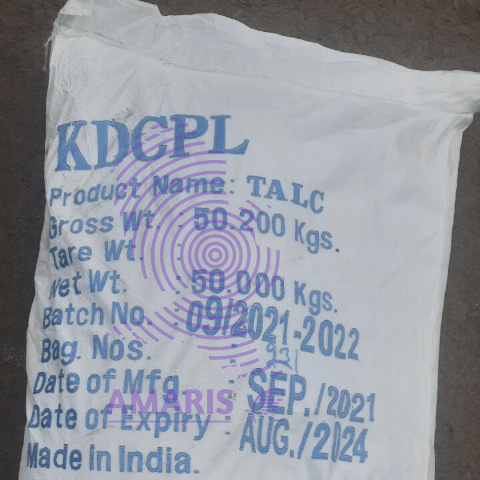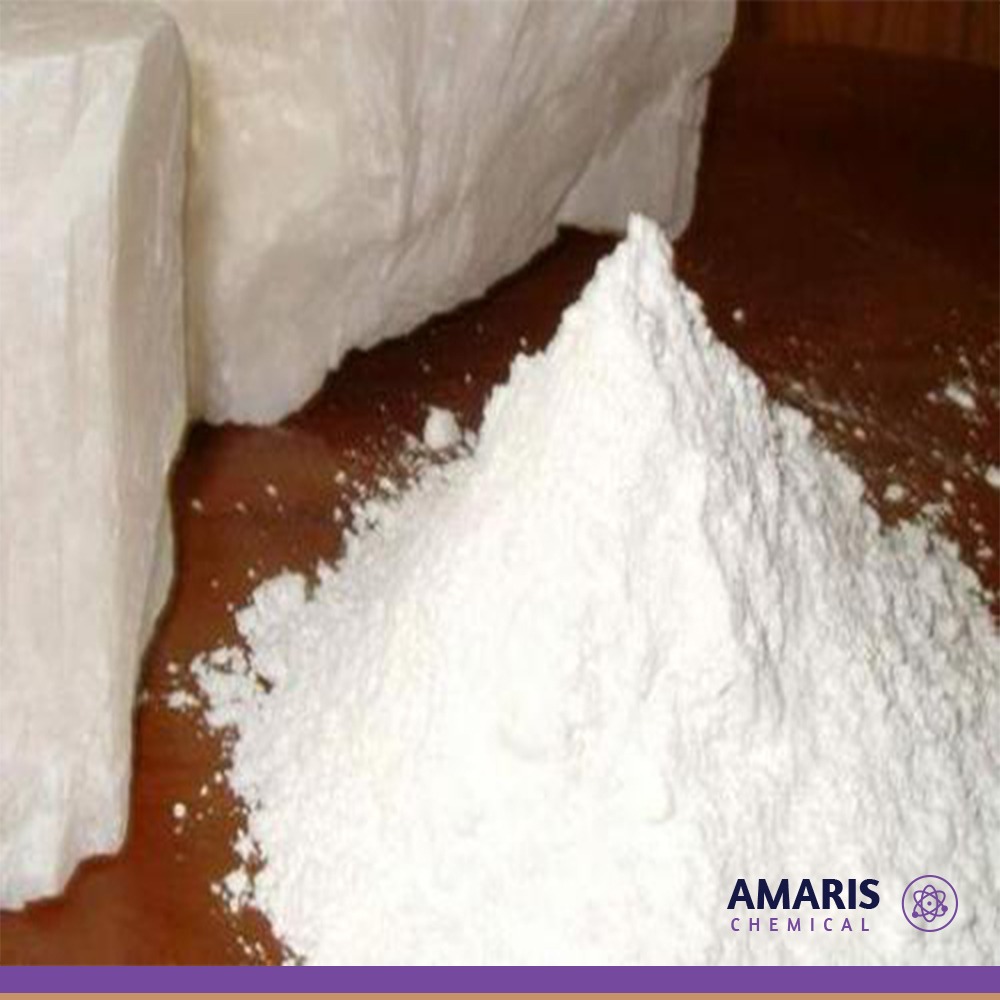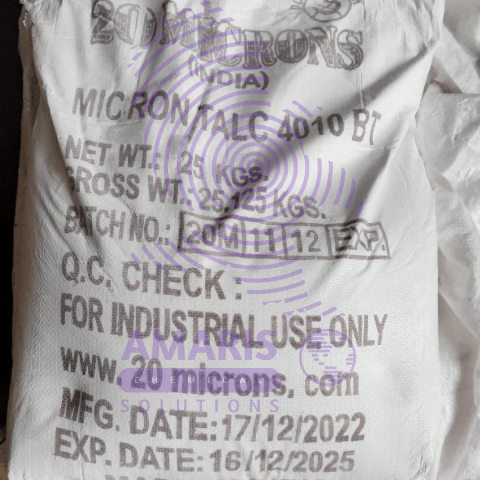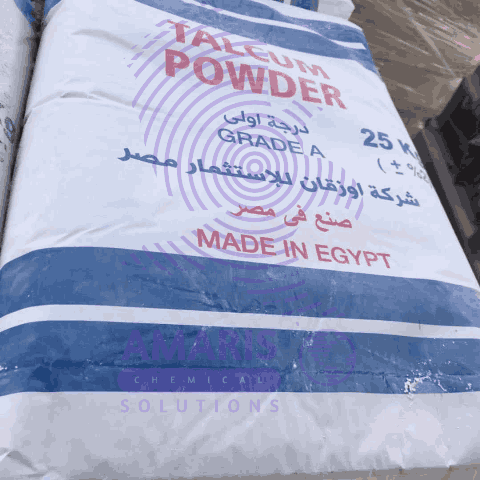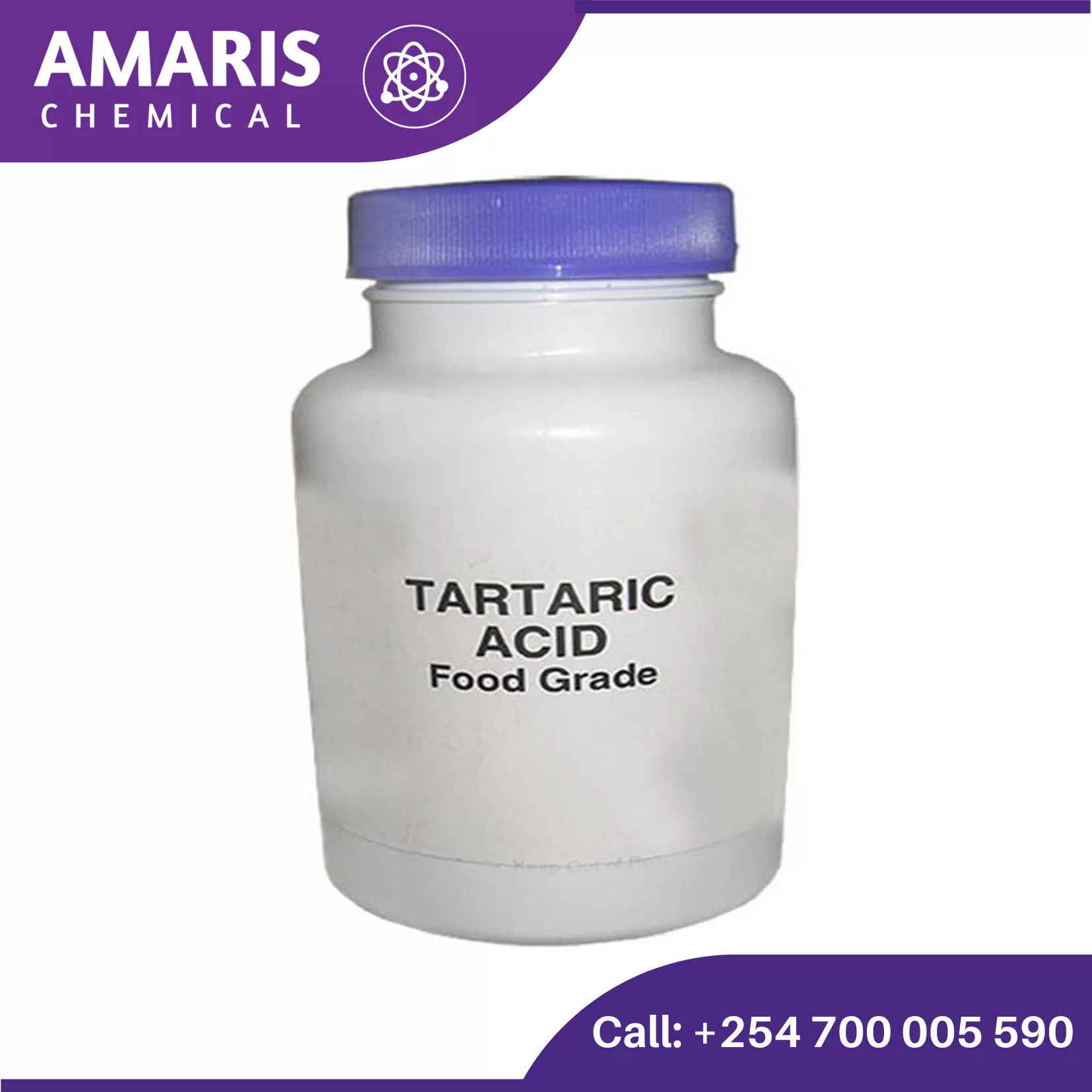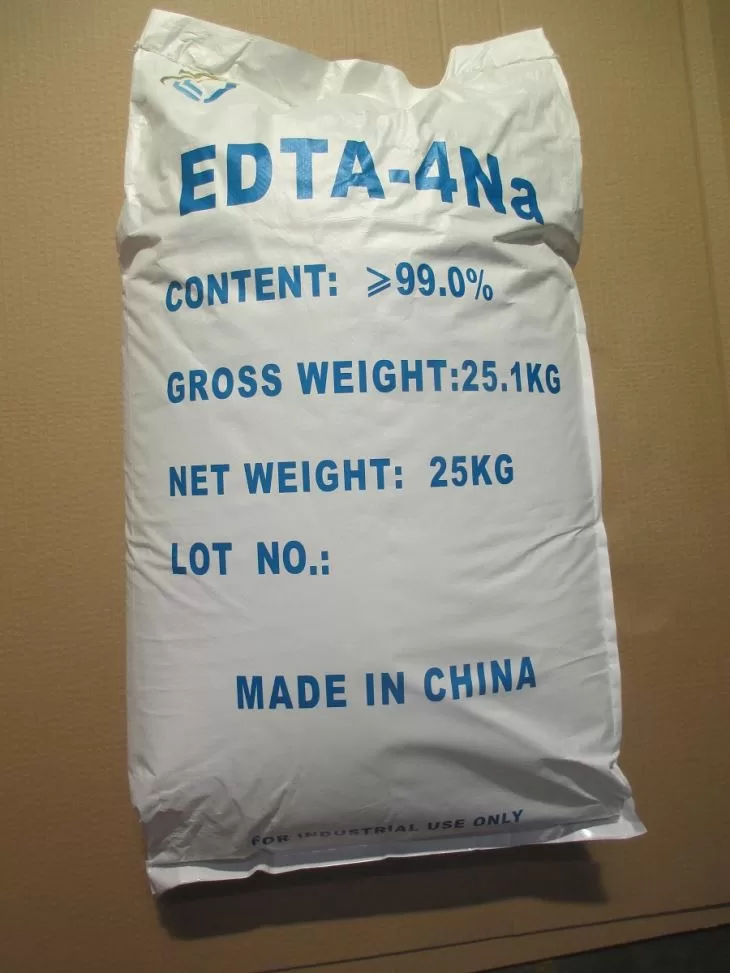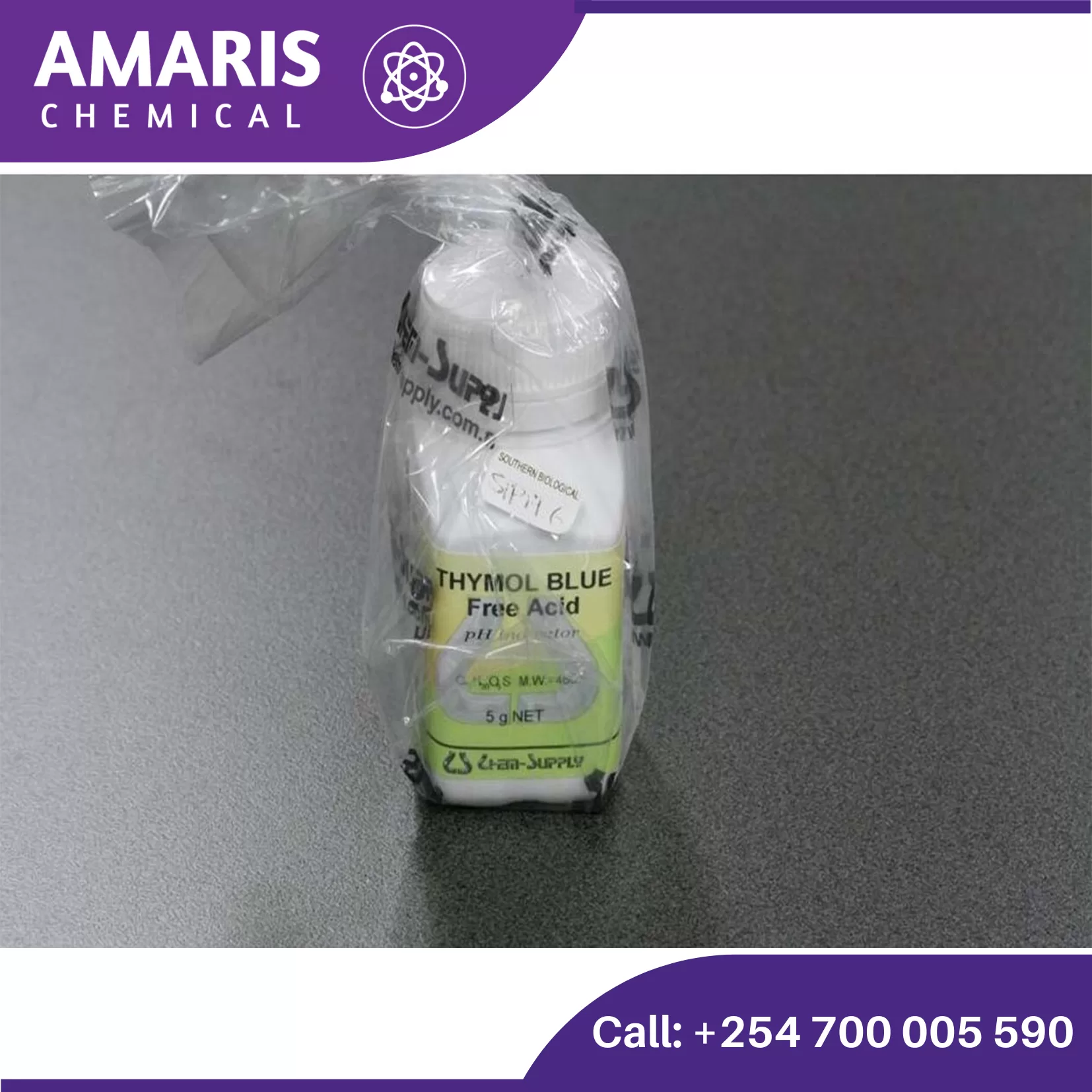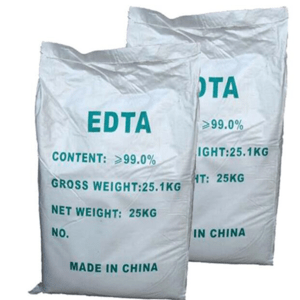Sodium Sulphate anhydrous 25kg
Sodium sulfate (chemical formula: Na₂SO₄) is an inorganic compound widely used in various industries. Here’s a detailed overview of sodium sulfate:
Properties
- Molecular Formula: Na₂SO₄
- Molar Mass: 142.04 g/mol
- Appearance: White crystalline solid
- Solubility: Highly soluble in water
- Density: 2.68 g/cm³ (anhydrous), 1.464 g/cm³ (decahydrate)
- Melting Point: 884 °C (anhydrous)
- Boiling Point: Decomposes before boiling (anhydrous)
Types
- Anhydrous Sodium Sulfate: Often referred to as the mineral thenardite.
- Decahydrate Sodium Sulfate: Known as Glauber's salt (Na₂SO₄·10H₂O).
Sodium Sulphate Anhydrous 500g
Sodium sulfate anhydrous, also known as anhydrous sodium sulfate or disodium sulfate, is a chemical compound with the formula Na2SO4. It is a white, crystalline powder that is soluble in water.
Here are some key properties of sodium sulfate anhydrous:
- Chemical formula: Na2SO4
- Appearance: White, crystalline powder
- Odor: Odorless
- Solubility: Soluble in water, insoluble in most organic solvents
- Melting point: 884 °C (1623 °F)
- Boiling point: 1400 °C (2552 °F)
- Hygroscopic: Yes (absorbs moisture from the air)
Sodium Thiosulphate Pentahydrate
Analytical Reagents, Disinfectants and Biocides, Excipients, Leaching Agents, Wastewater Treatment Chemicals
Sodium thiosulfate (Na2S2O3) is an inorganic compound that is commonly used as a photographic fixer, as well as in medical and industrial applications. It is a white crystalline powder that is soluble in water and has a mild odor. In photography, sodium thiosulfate is used to remove unexposed silver halide from photographic prints and negatives, making the image permanent. In medicine, it is used as an antidote for cyanide poisoning, and in industrial applications, it is used as a reducing agent, a dechlorinating agent, and in water treatment processes.
Sucrose 500g
Analytical Reagents, Biochemicals Reagents, Excipients, Flavor Enhancers, Plant Growth Regulators, Sweeteners
Sucrose is a type of sugar commonly found in many plants, including sugarcane and sugar beets. It's a disaccharide, meaning it's composed of two simpler sugars, glucose and fructose, linked together. Sucrose is often used as a sweetener in food and drinks, and it's what we typically refer to as "table sugar." When we consume sucrose, enzymes in our digestive system break it down into glucose and fructose, which our bodies can then use for energy.
Sulphur Powder 500gm
Sulphur powder, also known as sulfur powder, is a fine, yellow, odorless powder composed of the element sulfur. It is an abundant, non-metallic element that is found in nature and is widely used in a variety of industrial and commercial applications, including fertilizers, pharmaceuticals, and in the production of rubber and paper products. Sulphur powder has antimicrobial properties and is often used as a fungicide or insecticide in agricultural applications. It can also be used as a raw material in the manufacturing of other chemicals and compounds.
Talcum Powder (Talc) 50kg Bag
Talcum powder is a fine, white powder made from talc, a naturally occurring mineral composed mainly of magnesium, silicon, and oxygen. It is widely used in various cosmetic and personal care products for its ability to absorb moisture, reduce friction, and provide a silky-smooth texture. Talcum powder is often used as a body powder, baby powder, and in some cases as a dry shampoo. However, concerns have been raised about the potential health risks associated with inhaling talc particles, particularly for women who use talcum powder in the genital area.
Talcum Powder 25kg
Talcum powder is a fine, white powder made from talc, a naturally occurring mineral composed mainly of magnesium, silicon, and oxygen. It is widely used in various cosmetic and personal care products for its ability to absorb moisture, reduce friction, and provide a silky-smooth texture. Talcum powder is often used as a body powder, baby powder, and in some cases as a dry shampoo. However, concerns have been raised about the potential health risks associated with inhaling talc particles, particularly for women who use talcum powder in the genital area.
Tartaric Acid 500gm
Tartaric acid is a naturally occurring organic acid found in many plants, particularly in grapes, bananas, and tamarinds. It is well-known for its significant role in the wine industry, where it helps stabilize the wine and contributes to its taste. Here are some key aspects and uses of tartaric acid:
Chemical Properties
- Chemical Formula: C4_44H6_66O6_66
- Molecular Weight: 150.09 g/mol
- Appearance: White crystalline powder
- Solubility: Soluble in water and alcohol
Natural Occurrence
Tartaric acid is widely found in nature, predominantly in fruits like grapes, apricots, and apples. The potassium salt of tartaric acid, known as potassium bitartrate or cream of tartar, is a byproduct of winemaking.Industrial Production
Commercially, tartaric acid is often produced as a byproduct of wine production. The process involves:- Extraction: The sediment left in wine barrels, known as "lees," is treated to extract potassium bitartrate.
- Purification: The crude potassium bitartrate is then purified and converted to tartaric acid.
Tetrasodium EDTA 25kg
Tetra sodium EDTA, also known as ethylenediaminetetraacetic acid tetrasodium salt, is a chemical compound commonly used in various industrial and commercial applications. It is a chelating agent, meaning it has the ability to bind and capture metal ions, thus preventing them from reacting with other substances or causing unwanted effects.
A concise definition of tetra sodium EDTA would be:
"Tetra sodium EDTA is a water-soluble salt derived from ethylenediaminetetraacetic acid, used as a chelating agent to bind and sequester metal ions, serving purposes such as metal complexation, stabilization, and preventing undesired chemical reactions."
Thymoil Blue 25gm
Thymol blue is a chemical compound that is used as a pH indicator. It typically appears as a greenish-yellow powder and is commonly used in laboratories and in various applications where pH monitoring is necessary, such as in swimming pools and aquariums. In solutions with a pH below 1.2, thymol blue appears yellow, and in solutions with a pH above 2.8, it appears blue. Its color change range makes it useful for indicating acidic to neutral pH levels.










